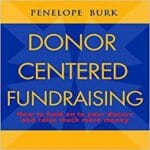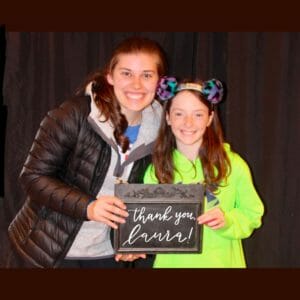 Let’s go on an adventure together. Take a look at this map.
Let’s go on an adventure together. Take a look at this map.
We’ll start here, at this jumping-off point, and head toward that fabulous destination. Follow my pointer.
We’ll travel these roads, stopping here, here, and here for food and gas. We’ll meet new people, see new sights, learn new things, and feel happy at the end.
Wasn’t that fun? You can keep the map, as a memento.
Oh, wait. We only traced the journey on the map? You mean I didn’t actually take you anywhere?
Were you expecting an actual adventure? So are your donors.
When you ask for money for your nonprofit, you are promising to take the donor on a journey.
It starts with a single person or family at the edge of a cliff: hunger, homelessness, domestic violence, poverty.
It ends at an oasis of safety, health, and happiness.
Your organization’s programs are the road map. Intake here. Service provision there. Counseling and training a little further down the road.
But the map is not the territory.
Don’t tell your donors about the map. They don’t care very much about the road you take.
Tell them the story of the journey. Who is that person on the road? Where are they now? Where are they headed? What will it take to get them there?
How can the donor become their travel companion?



